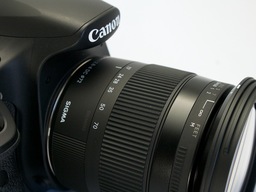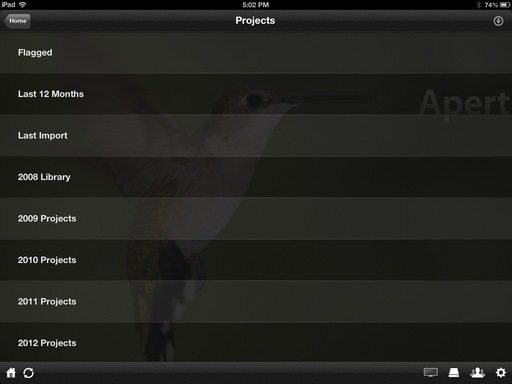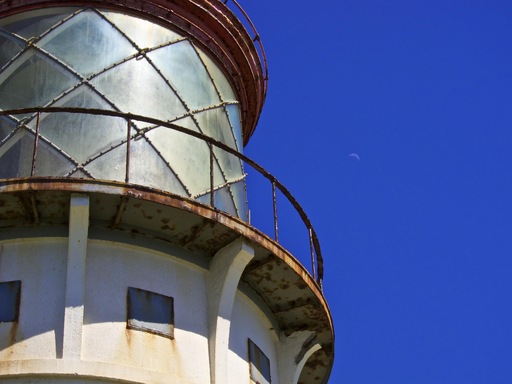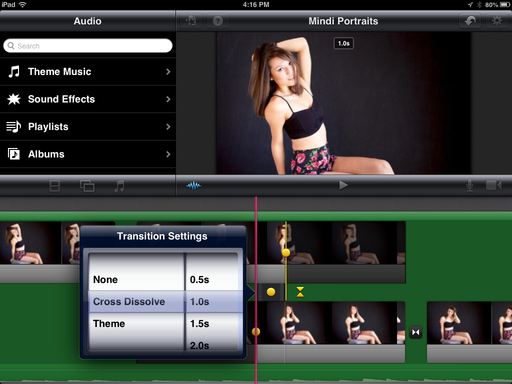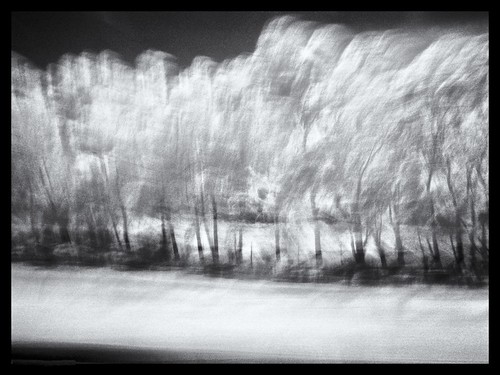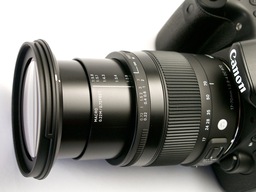Can you shoot quality natural light portraits with a standard zoom lens? I recently put the Sigma 17-70mm f/ 2.8-4 Contemporary zoom to the test during a photo session to see what kind of results we could produce together.
Because it is a general purpose zoom, I've been using the Sigma 17-70mm for a variety of tasks, including close up photography work that I wrote about in the post Macro Mode on Sigma's 17-70mm Enthusiast Zoom. The lens is also getting pretty good marks on the optical bench, such as this review at SLRGear.com. But natural light portrait photography is its own beast. It tests an optic in different ways that outside in broad daylight.
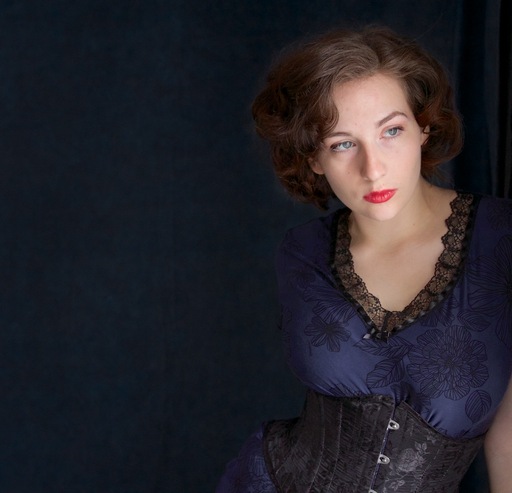 Sigma 17-70mm on Canon 60D, ISO 1600 for this existing light portrait. f/3.5 at 1/125th. Photo by Derrick Story. Click on image for larger version.
Sigma 17-70mm on Canon 60D, ISO 1600 for this existing light portrait. f/3.5 at 1/125th. Photo by Derrick Story. Click on image for larger version.
One of the aspects of the lens that I found helpful for portrait photography was its relatively fast maximum aperture (f/2.8-f/4), especially for a standard zoom that costs $499. In this series of images, I used natural light in aperture priority mode, keeping the lens wide open. Its optical image stabilization allowed me to drop to longer shutter speeds if necessary.
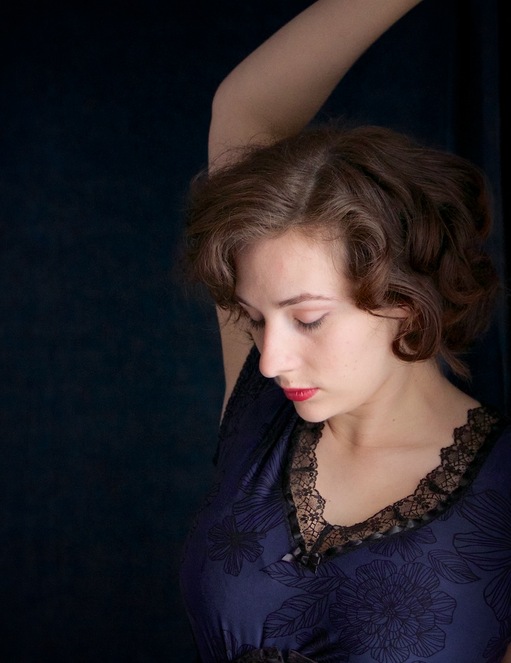 Sigma 17-70mm on Canon 60D, ISO 1600 for this existing light portrait. f/3.5 at 1/200th. Photo by Derrick Story. Click on image for larger version.
Sigma 17-70mm on Canon 60D, ISO 1600 for this existing light portrait. f/3.5 at 1/200th. Photo by Derrick Story. Click on image for larger version.
Autofocusing was fast and accurate, even in this dimly lit environment. The lens balances well on the Canon 60D, making the combination very comfortable to hold, even on extended shoots. Already, after just a couple months of testing the Sigma, I have a lot of confidence in the shots it will help me produce.
Want to Comment on this Post?
You can share your thoughts at the TDS Facebook page, where I'll post this story for discussion.
Join me on my Instagram site as I explore the world of mobile photography.
